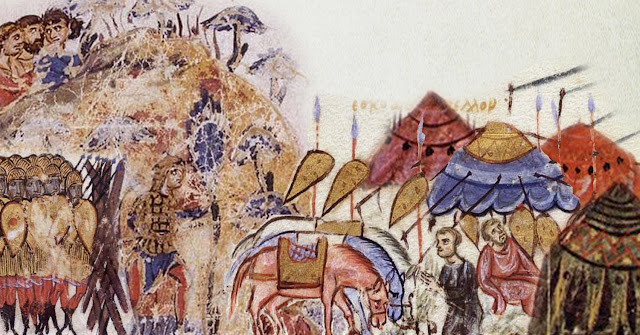(Baldr and Nanna (by Friedrich Wilhelm Heine
(1845-1921) over mistletoe, both [Public Domain] via Creative Commons and
pixabay.com)
Baldr (or Baldur), a Norse god of light
and beauty, was loved by almost all of creation, from the divine Æsir
all the way to the plants and stones of the earth. As such, when Baldr
began to have dreams and premonitions of his own death, the Æsir held a
council and decided to make everything in the world swear an oath to
never harm Baldr, an oath that most living beings and elements would be
more than willing to make.
According to The Prose Edda,
a collection of Norse myths compiled by the powerful Icelandic leader,
Snorri Sturluson (1179-1241), Baldr’s mother, Frigg, obtained promises
from fire, water, metals, stones, plant life, animal wildlife, poisons
and even diseases and viruses, all swearing that they would not harm her
son. When all of the oaths were collected, Baldr was so invulnerable
that the mighty gods, themselves, amused themselves by punching,
throwing stones, shooting arrows, even striking or stabbing at Baldr,
all to no effect. Baldr’s newfound defensive prowess was lauded and
praised by the gods—well, all except one. Loki, the usual delinquent
deity of Norse mythology, loathed Baldr’s invulnerability. Therefore,
Loki began to investigate, hoping that, like Achilles, a vulnerable
chink could be found in Baldr’s supernatural armor.
Continue reading to find out how Loki found and exploited Baldr's weakness in this tragic story, HERE.



